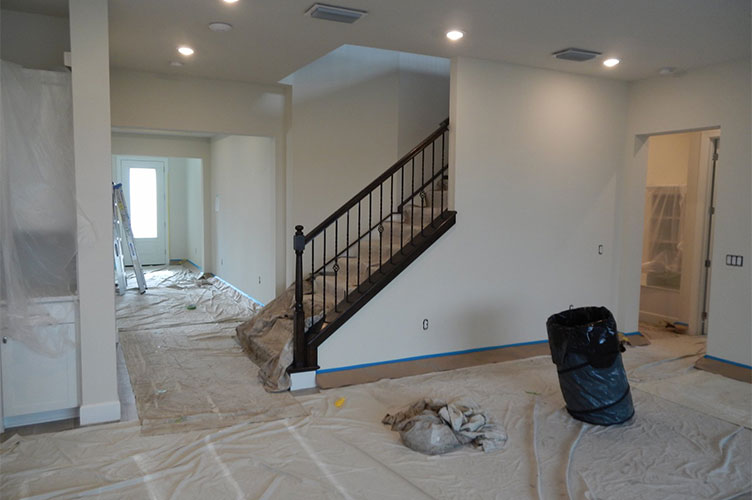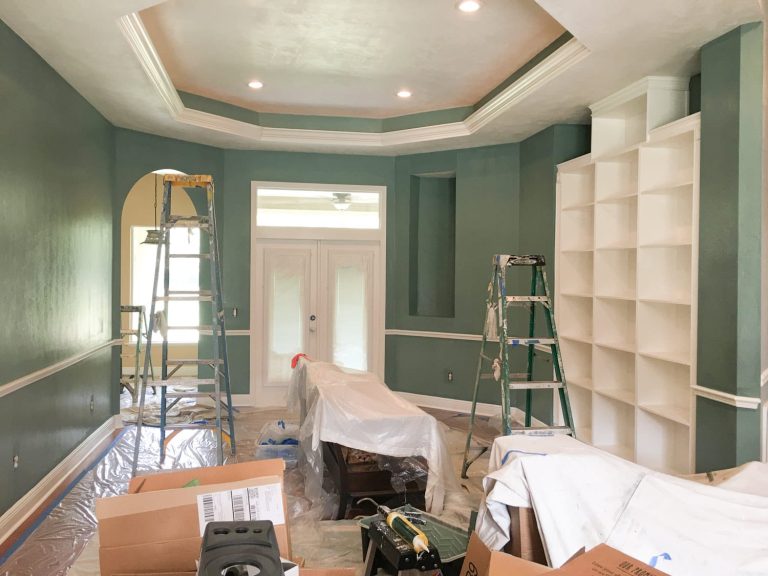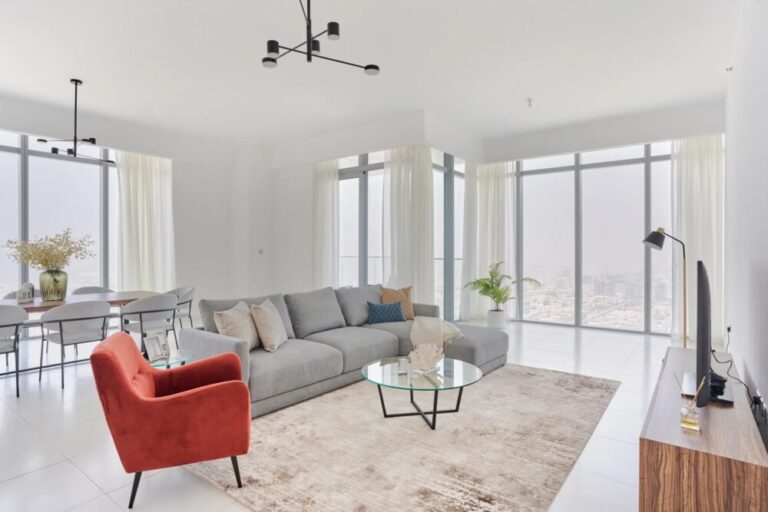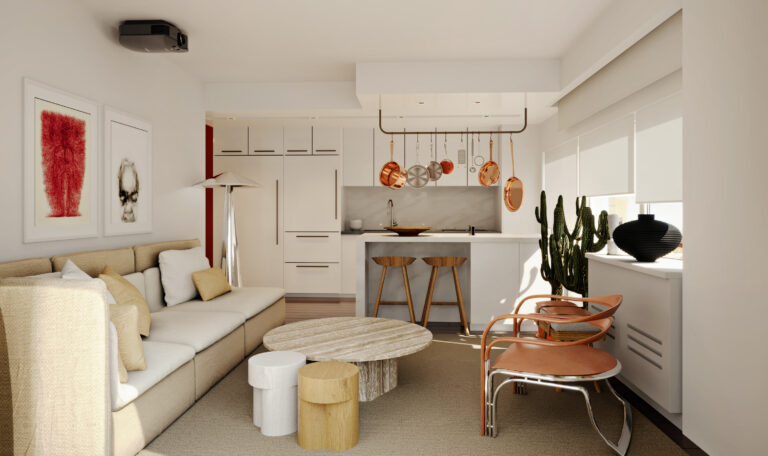How to Choose a Whole House Color Palette
When it comes to transforming the look and feel of your home, choosing the right colour palette can make all the difference. Every wall, every room, and every corner of your house contributes to its overall ambiance, and selecting the perfect colours can create a harmonious and visually appealing environment. As an expert painter in Dubai, I’ve helped numerous homeowners navigate the world of colour selection. In this guide, I’ll share valuable insights on how to choose a whole house colour palette that will leave your home looking stunning and cohesive.
Selecting the right colour palette for your entire house may seem like a daunting task, but it can be an exciting creative process that allows you to put your personal touch on your living spaces. Let’s explore the key steps to take when embarking on this journey.
Understanding Color Psychology
Colours have a powerful impact on our emotions and perceptions. Before diving into specific colour choices, it’s important to understand the psychology behind different colours. Warm colours like red and orange evoke energy and passion, while cool colours like blue and green offer a sense of calmness and tranquillity. Consider the feelings you want to evoke in each room.
Assessing Your Home’s Architecture and Lighting
The architectural style of your home plays a crucial role in determining the colour palette. Different styles may lend themselves to certain colour families. Additionally, natural and artificial lighting can significantly affect how colours appear. Test paint samples under various lighting conditions to ensure they maintain their intended look.
Creating a Unified Flow
A cohesive colour flow throughout your house is essential for a harmonious ambiance. Select a primary colour that will serve as the foundation and then build upon it with complementary shades. This creates a sense of connection between rooms and prevents jarring transitions.
Considering the Mood of Each Room
Different rooms serve different purposes, and their colour schemes should reflect that. Bedrooms could benefit from soothing and restful colours while living areas might embrace more vibrant and social hues. Take into account the function of each space.
Balancing Neutrals and Accents
Neutrals like whites, grays, and beige are versatile and can create a timeless backdrop. Introduce pops of colour through accents like furniture, artwork, and décor items. This allows for flexibility in updating the room’s look without a complete overhaul.
Sample Color Combinations
- Coastal Elegance: Soft blues, sandy beiges, and crisp whites.
- Modern Oasis: Cool grays, emerald greens, and metallic accents.
- Earthy Retreat: Warm browns, deep greens, and rustic oranges.
Testing Colors
Never underestimate the power of paint samples. Apply small swatches of your chosen colours to different walls and observe them throughout the day to see how they interact with changing light.
Seeking Professional Advice
Consulting with a professional painter or interior designer can provide invaluable insights. Their experience can guide you in making confident colour choices and avoiding potential pitfalls.
Making the Final Decision
After considering all factors, narrow down your options and envision the final look. Trust your instincts and go with colours that resonate with you and your family.
Conclusion
Choosing a whole house colour palette is an exciting opportunity to infuse your personal style into your living spaces. By understanding colour psychology, assessing architectural elements, and considering the mood of each room, you can create a home that reflects your unique taste and creates a harmonious atmosphere.
Frequently Asked Questions:
Absolutely! Variations of a single colour can create a seamless yet diverse aesthetic.
It’s wise to strike a balance. Incorporate trends in accents and stick to timeless colours for larger surfaces.
Yes, dark colours can add coziness, but consider balancing with light accents to avoid a cramped feeling.
Choose a neutral base and introduce cohesive accent colours for a seamless transition.
Paint is adaptable. If a colour doesn’t suit you, you can always repaint.







